Optical Abstraction by Enrico Sirello, 1974 – Italian Arte Programmata Movement
Enrico Sirello (Livorno, 1930–2012)
Study for a Mural No. 1 (Black Background and Red Axes), 1974
Acrylic on panel, 35 × 35 cm
Signed, dated and titled on the reverse – Archive no. 05/1263
This work by Enrico Sirello, a central figure of the Livorno avant-garde and the Italian Arte Programmata movement, reflects a line of research developed in the 1970s at the intersection of abstract art, science, and visual psychology.
The artist explored how color, direction, and form influence perception, conceiving painting as a visual experience rather than a representation.
The black and white shapes, crossed by red axes, seem to vibrate and shift under the gaze. Sirello described these compositions as “night observations”, born “from the darkness of the mind” — inner visions in which thought becomes image.
Through these works, he translated the principles of Gestalt psychology into painting and developed his theory of anisotropic effects, according to which an image changes depending on the direction of vision.
Condition: good original condition, stable surface, minor signs of age.
Frame: original black wooden strip frame.
Enrico Sirello (1930–2012) was an Italian painter from Livorno, active between the 1960s and 1980s.
His work belongs to the tradition of Italian optical and programmed art, where art and science meet to analyze visual perception and the illusion of movement.
Influenced by Gestalt psychology and studies on color theory, Sirello developed a precise geometric language based on modular structures, directional variations, and chromatic vibration — generating a sense of controlled optical motion.
In 1965, he participated in the exhibition Strutture Significanti together with Baldi, Cannilla, Drei, Glattfelder, Guerrieri, Lazzari, Lorenzetti, Masi, Pace, and Pesciò, accompanied by critical texts by Giulio Carlo Argan, Germano Beringheli, and Emilio Garroni.
For Sirello, painting was a mental laboratory — a place where thought becomes form and vision becomes a conscious act.
His works, suspended between rigor and visual poetry, propose a vision of art as a universal language uniting perception, reason, and emotion.


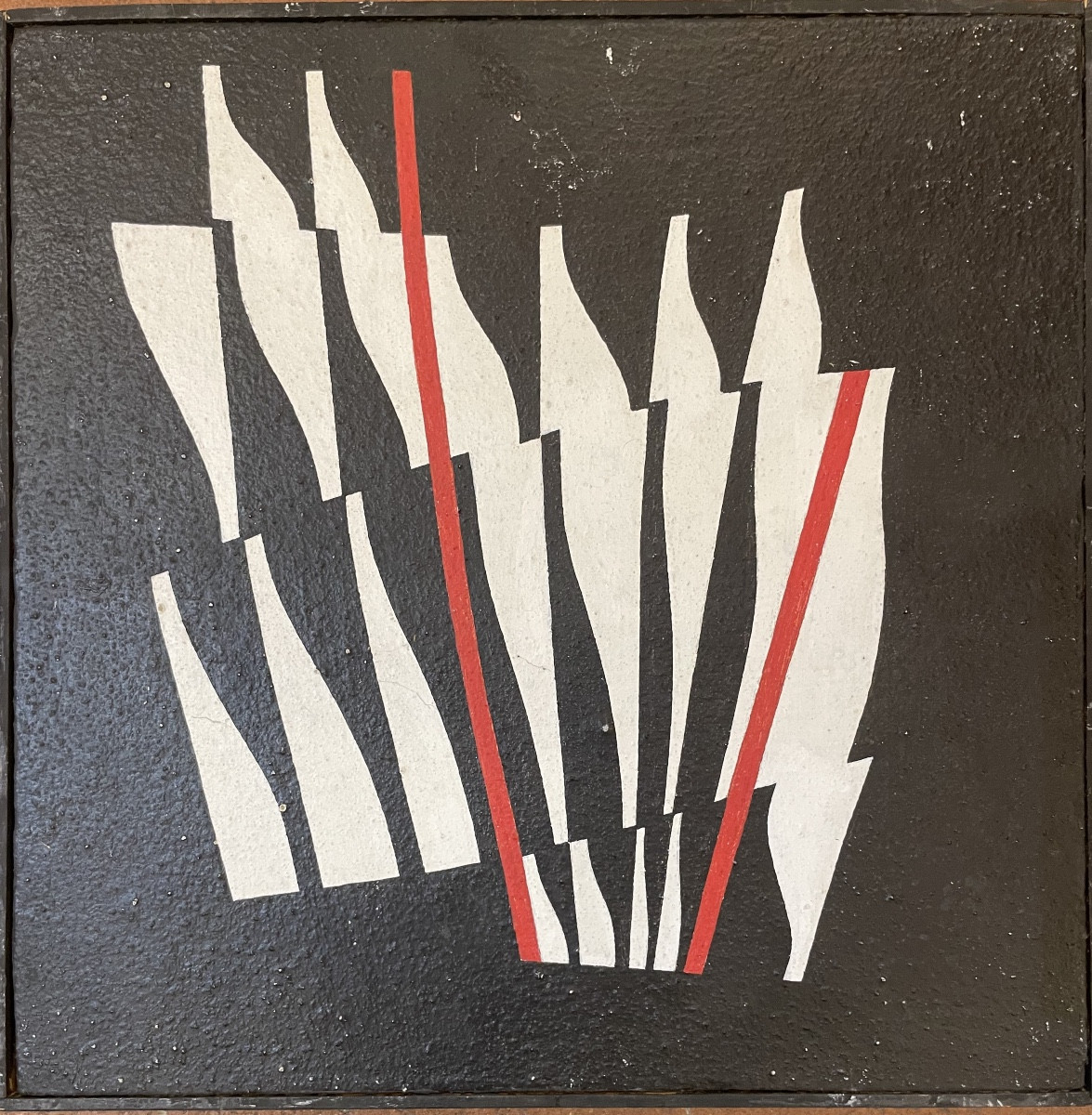


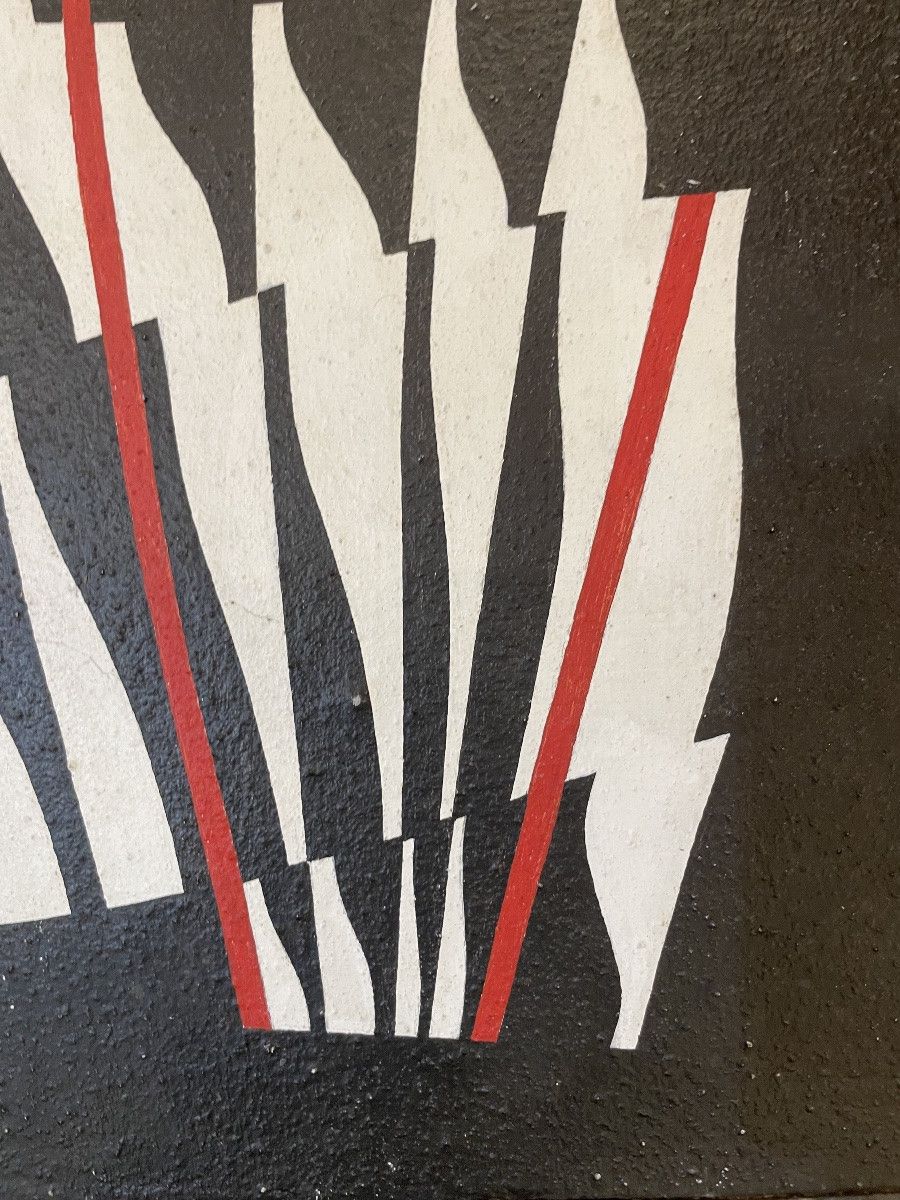
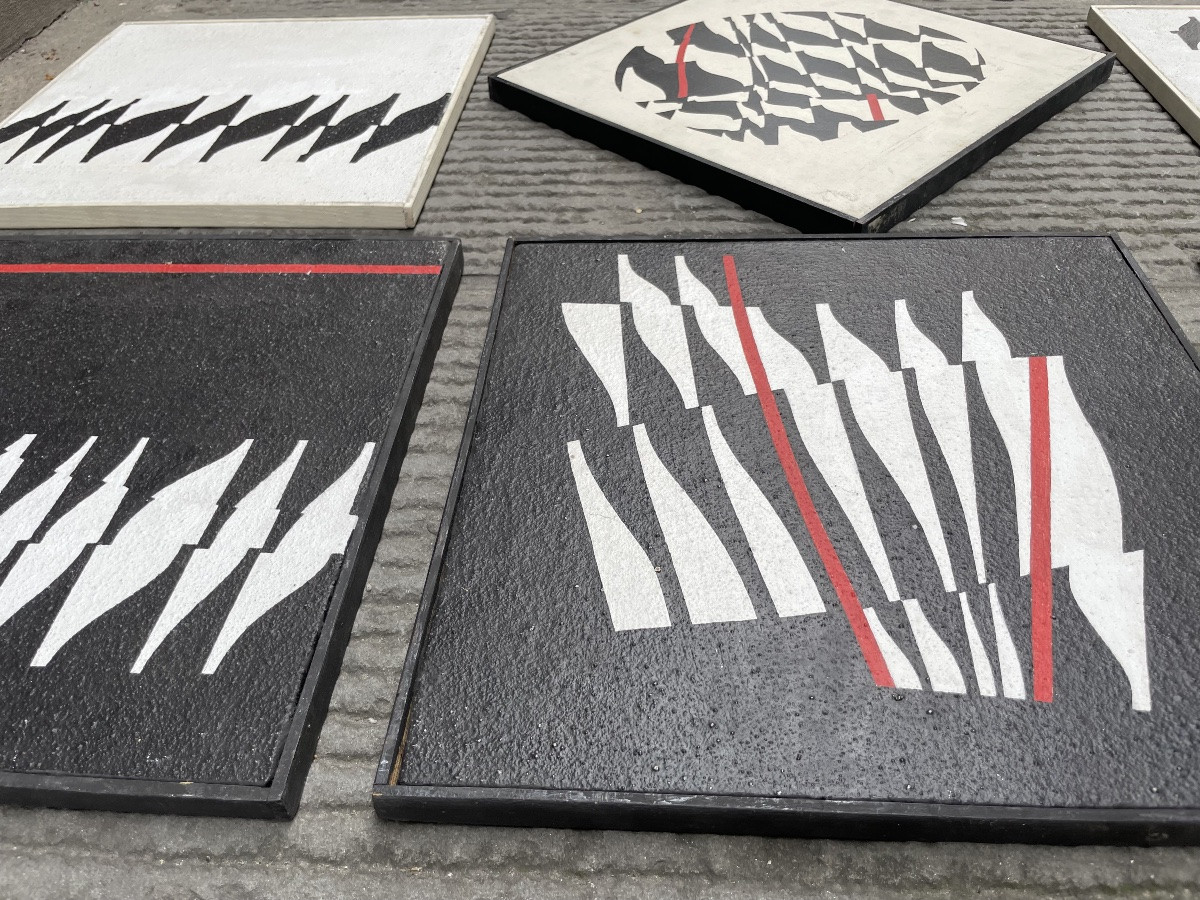
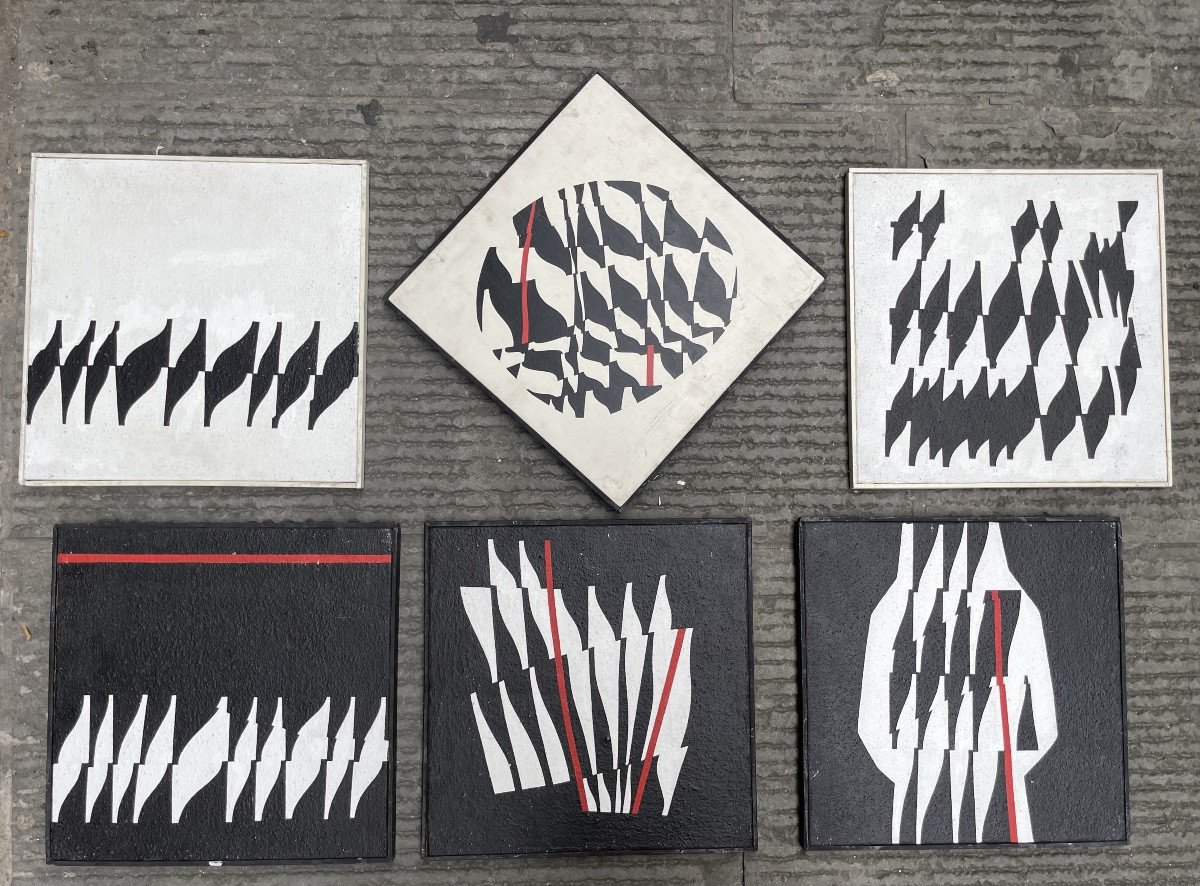

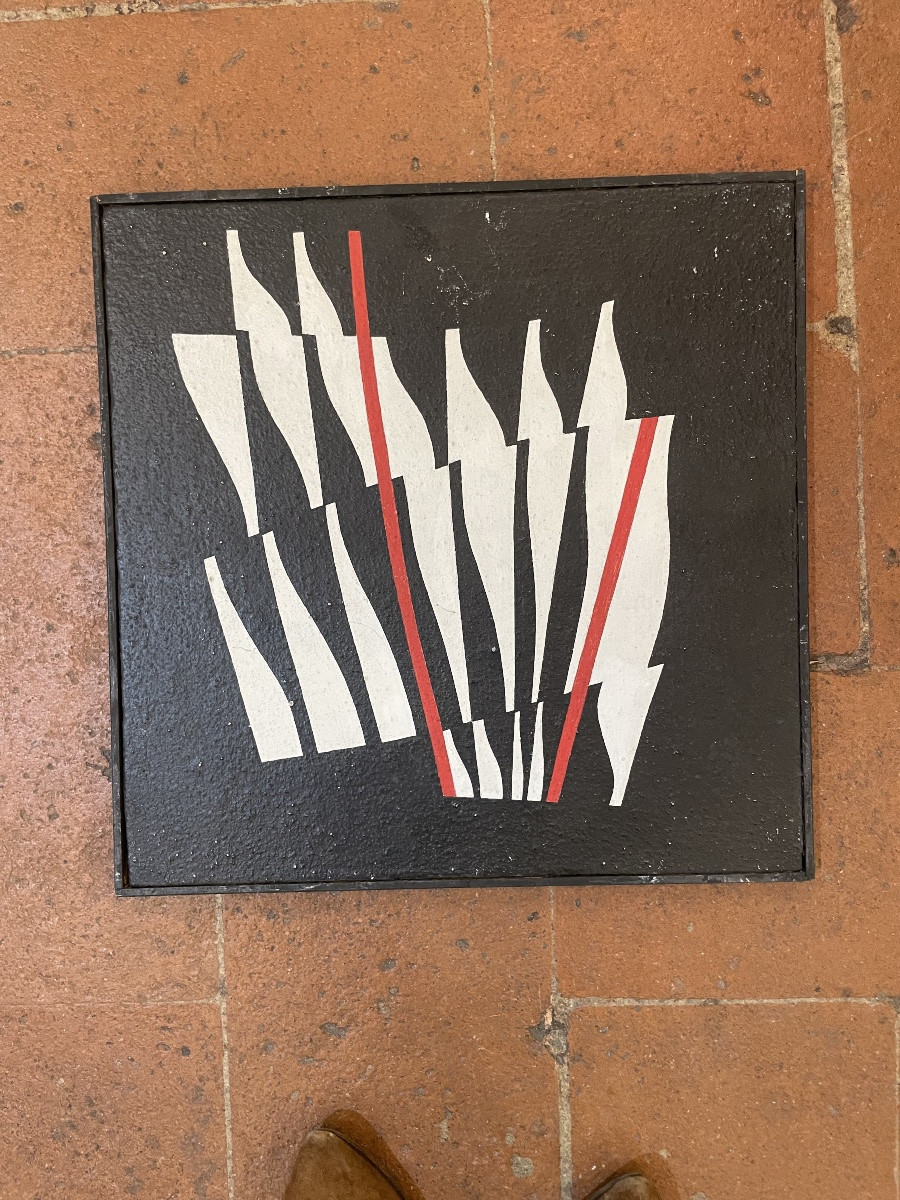



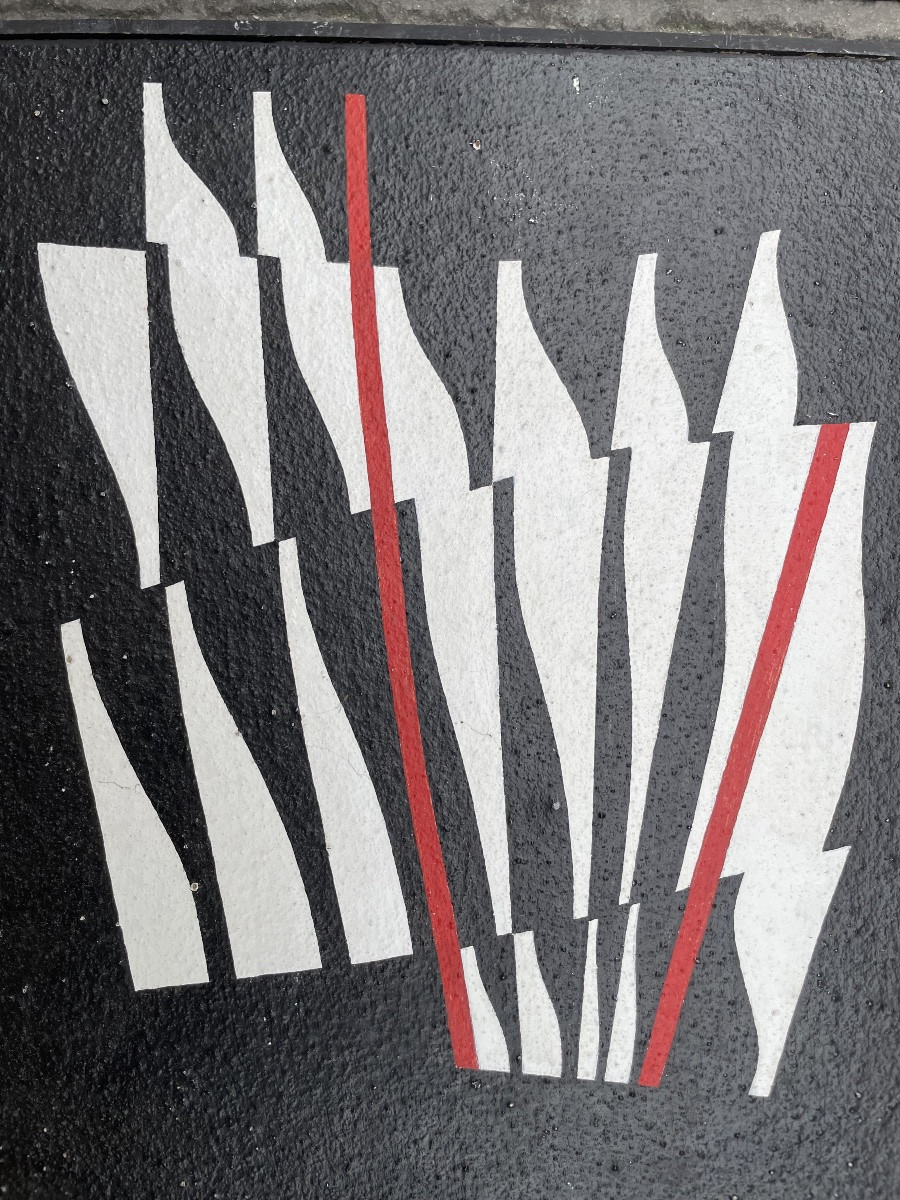

















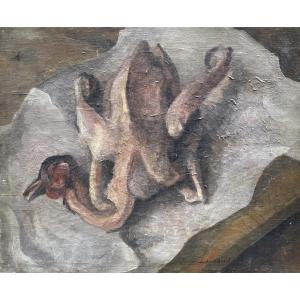
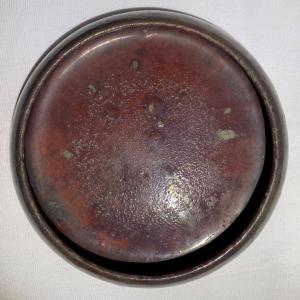









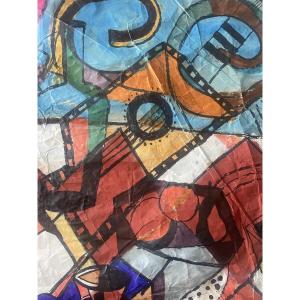
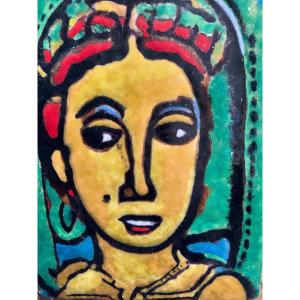

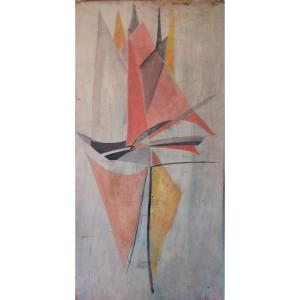




 Le Magazine de PROANTIC
Le Magazine de PROANTIC TRÉSORS Magazine
TRÉSORS Magazine Rivista Artiquariato
Rivista Artiquariato